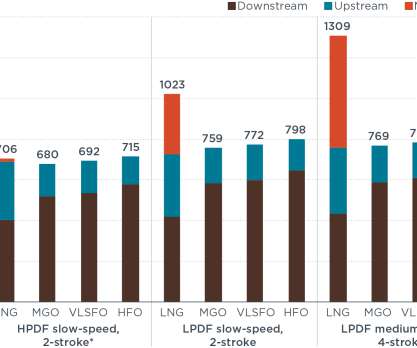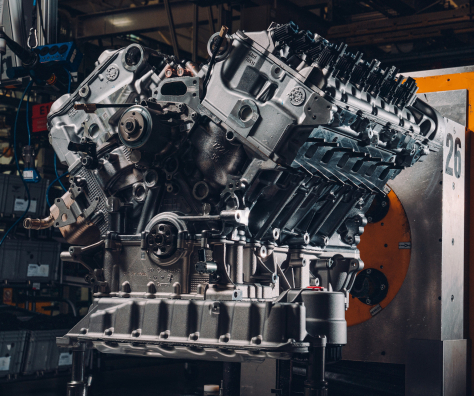Neste-led project verified 50% methane emission reduction at palm oil mills using belt filter press
Green Car Congress
MARCH 2, 2018
Crude palm oil is one of the more than ten renewable raw materials that Neste uses to produce a range of renewable products, including renewable diesel. Palm oil represents approximately 20% of Neste’s renewable raw material usage annually. A belt filter dewaters by applying pressure to solids to squeeze out the water.








































Let's personalize your content